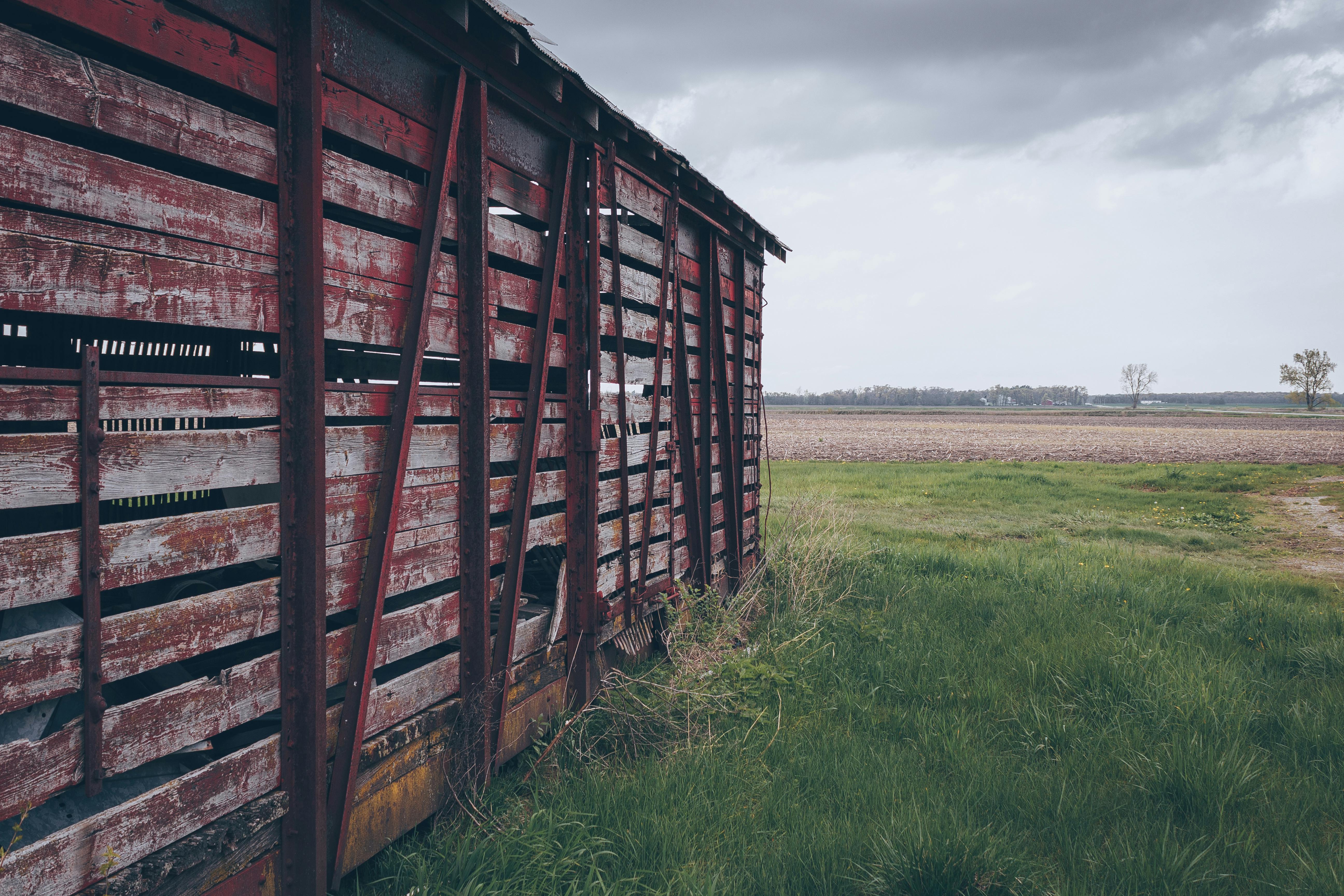Freshly mined diamonds go through an international diamond exchange, which is essentially the central distribution point in the diamond supply chain. There are a number of factors that are taken into account when diamonds are reviewed for grading, after which they are passed on to dealers and manufacturers. Once they reach that point, the diamonds are cut and prepared for sale. Tel Aviv, Israel is home to Ramat Gan, the world’s largest international diamond exchange. Ramat Gan makes its home in the Diamond Tower, which is where you’ll find the world’s largest diamond trading floor. It also houses several other international exchange buildings.
Diamonds are a global business, so you’ll also find exchanges in places like Antwerp, Belgium, and New York City. It is on these exchanges that traders buy recently mined rough diamonds. Clarity, color, shape and size are characteristics that influence the value of a diamond. The people who work on the exchanges need to know a lot about gems to arrive at a fair value. It goes without saying that all diamond graders must go through rigorous background checks. Once the diamonds have been graded, ultra-sensitive scales are used to weigh the stones. It’s worth noting that you typically only get about one ounce of usable stone out of every 142 carats.
With sorting and weighing complete, the international bags of diamonds move on to distribution. The stones that are sent to the dealers are those that have been deemed usable by the classifiers. Once the dealers take possession of the stones, they very often send them to factories to be cut and polished. Diamonds can change hands many times before they hit the market. It is the profit made by the classifier that determines the difference between the purchase price and the sale price of the diamonds. On average, the classifiers show a profit margin of around 10%. The Ramat Gan Diamond Exchange is responsible for grading roughly 65% of all the world’s rough diamonds, which explains why the graders who work there earn more than most.
There are some traders who are allowed to transact with Israeli exchanges. These merchants are known as view holders. These dealers are granted access to stone packs that may not necessarily agree with the request that the view holder submits. The only option they have is to accept or reject the package based on the sale price. Once the packages have been accepted, the view holders are expected to market and distribute the stones to consumers to generate more interest in the Israeli diamond market.
